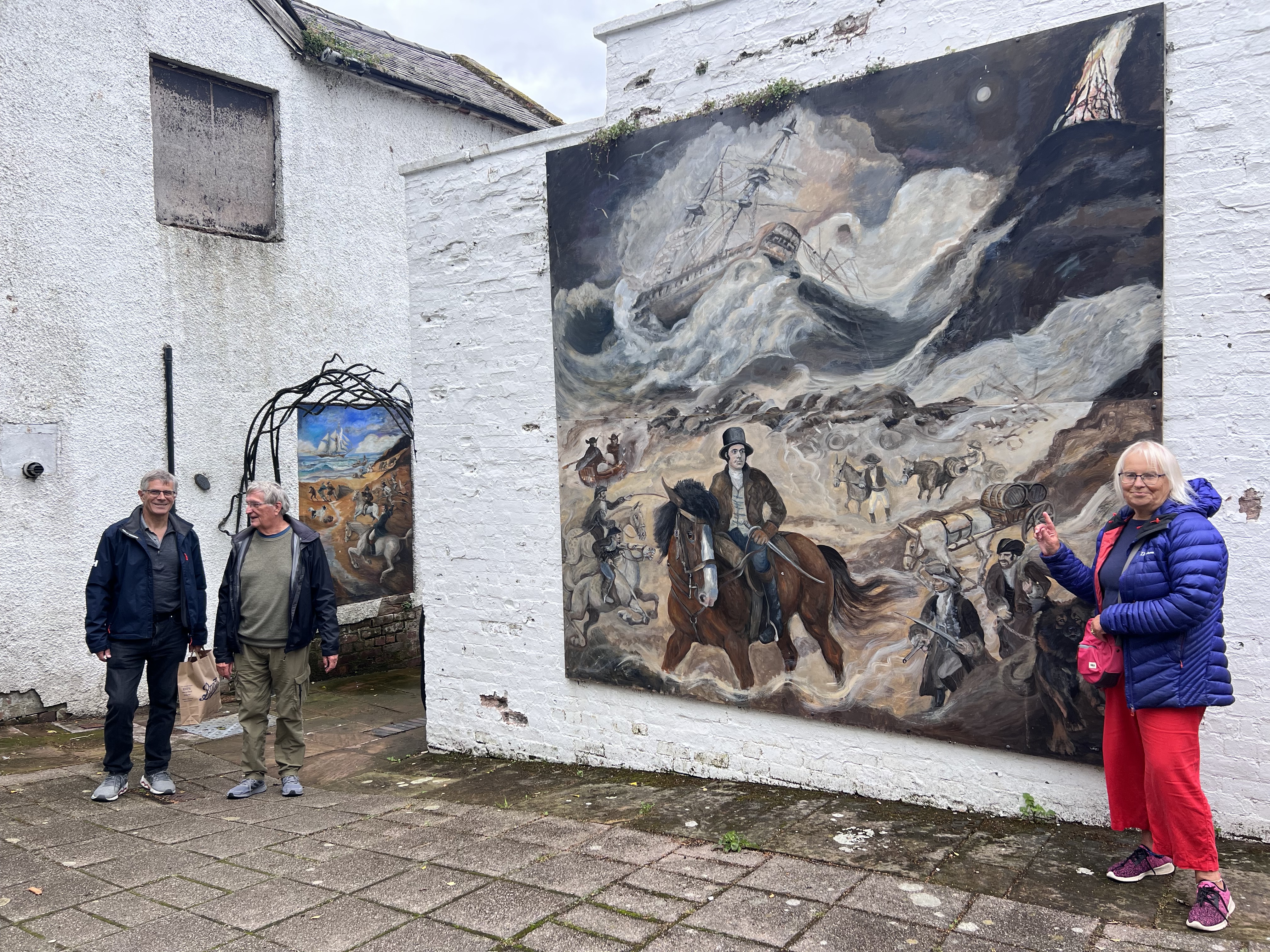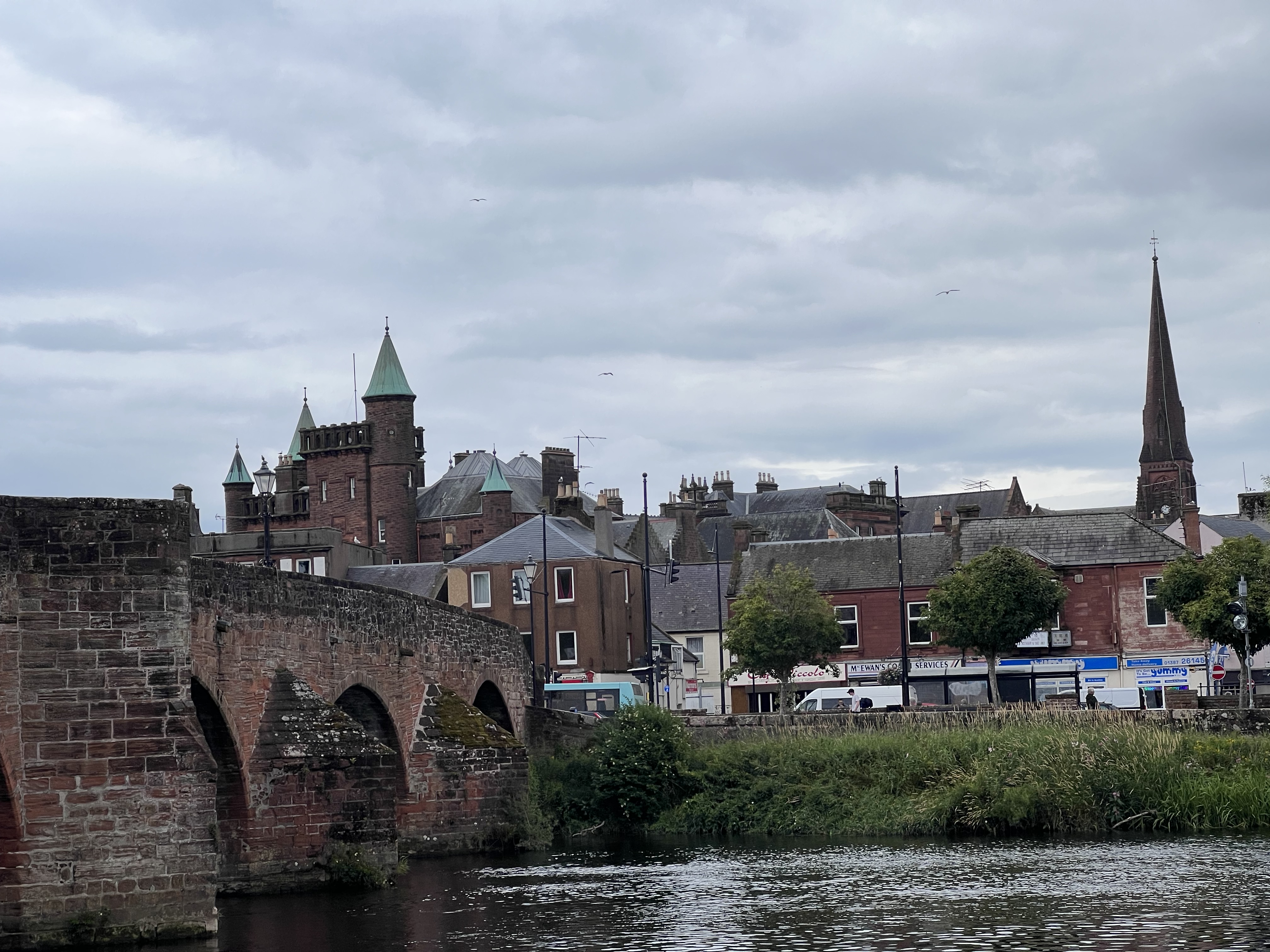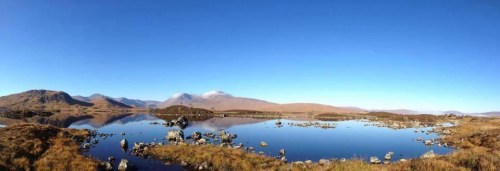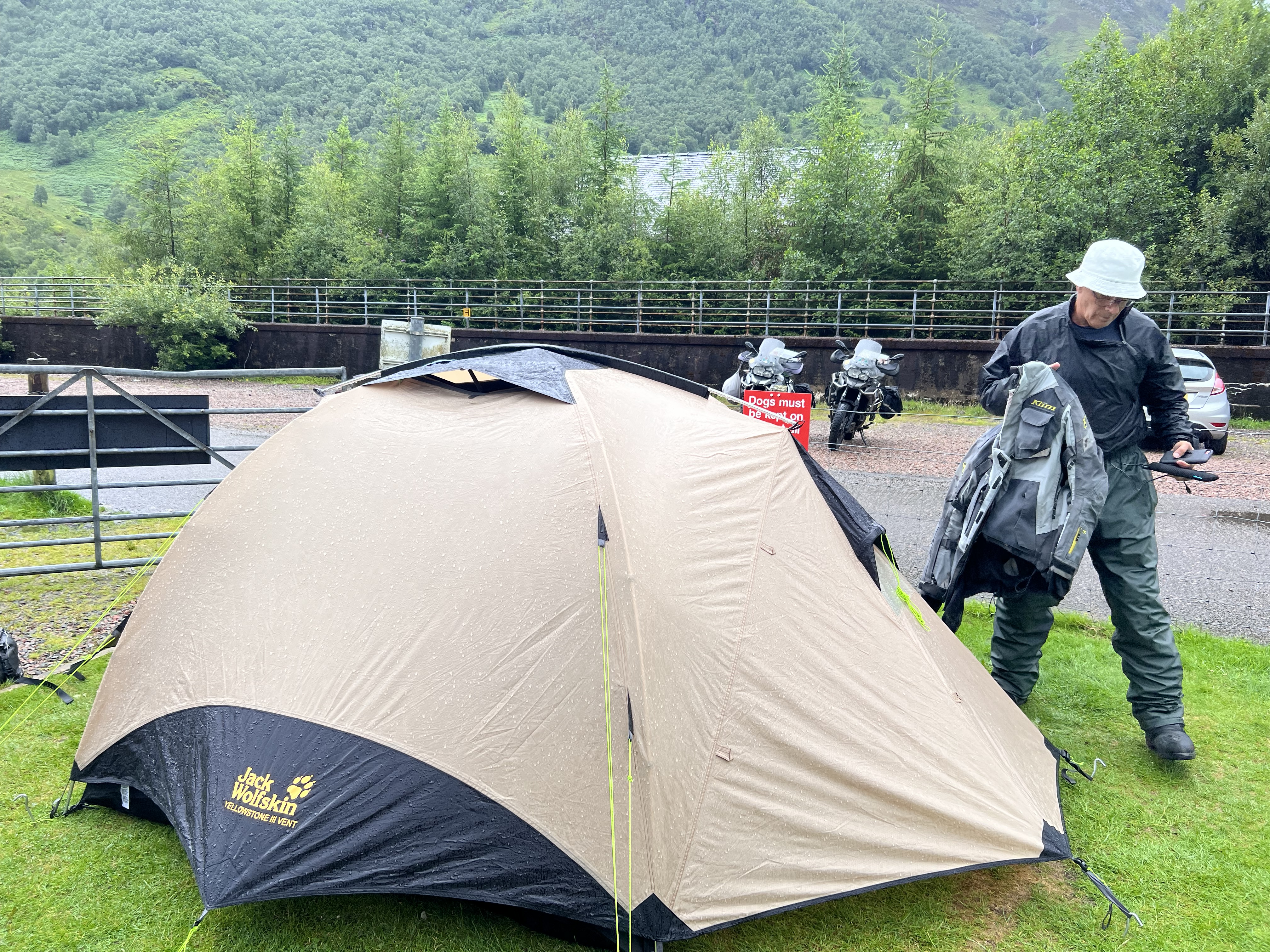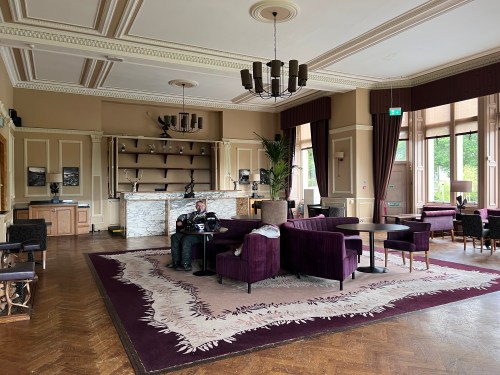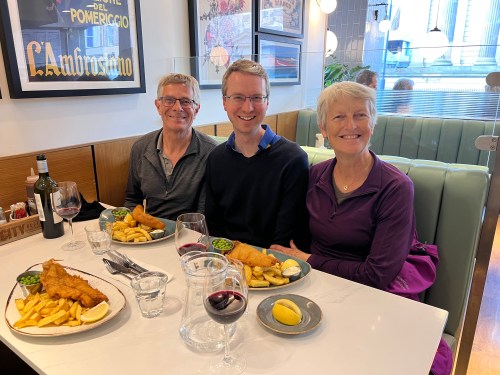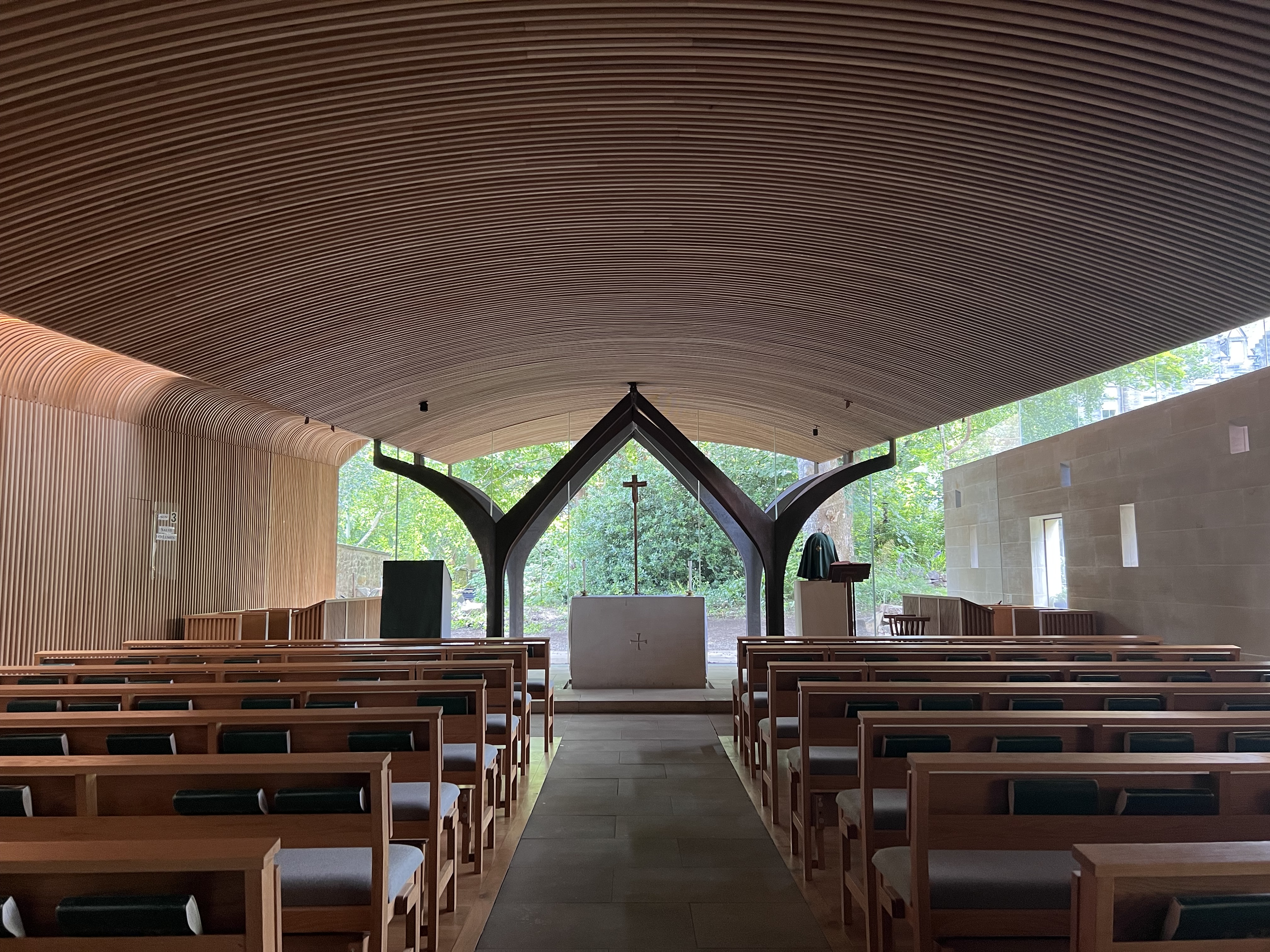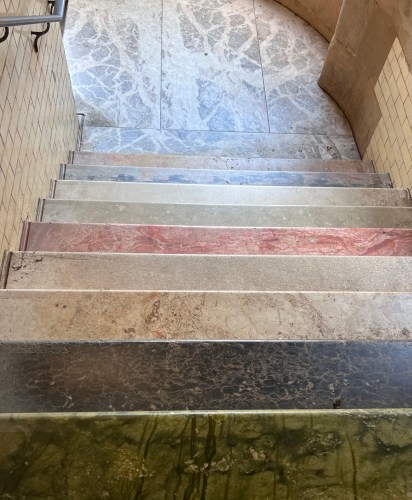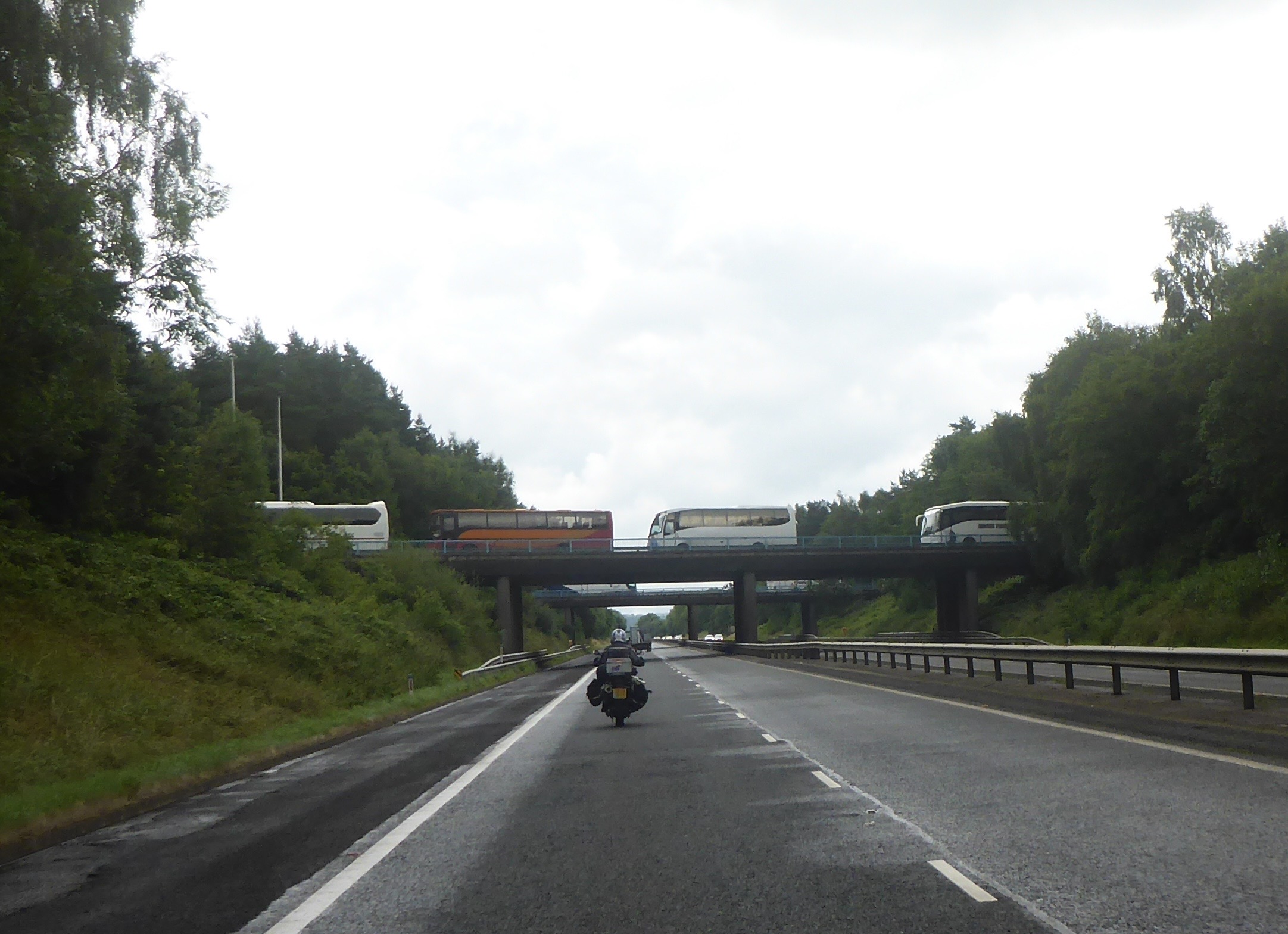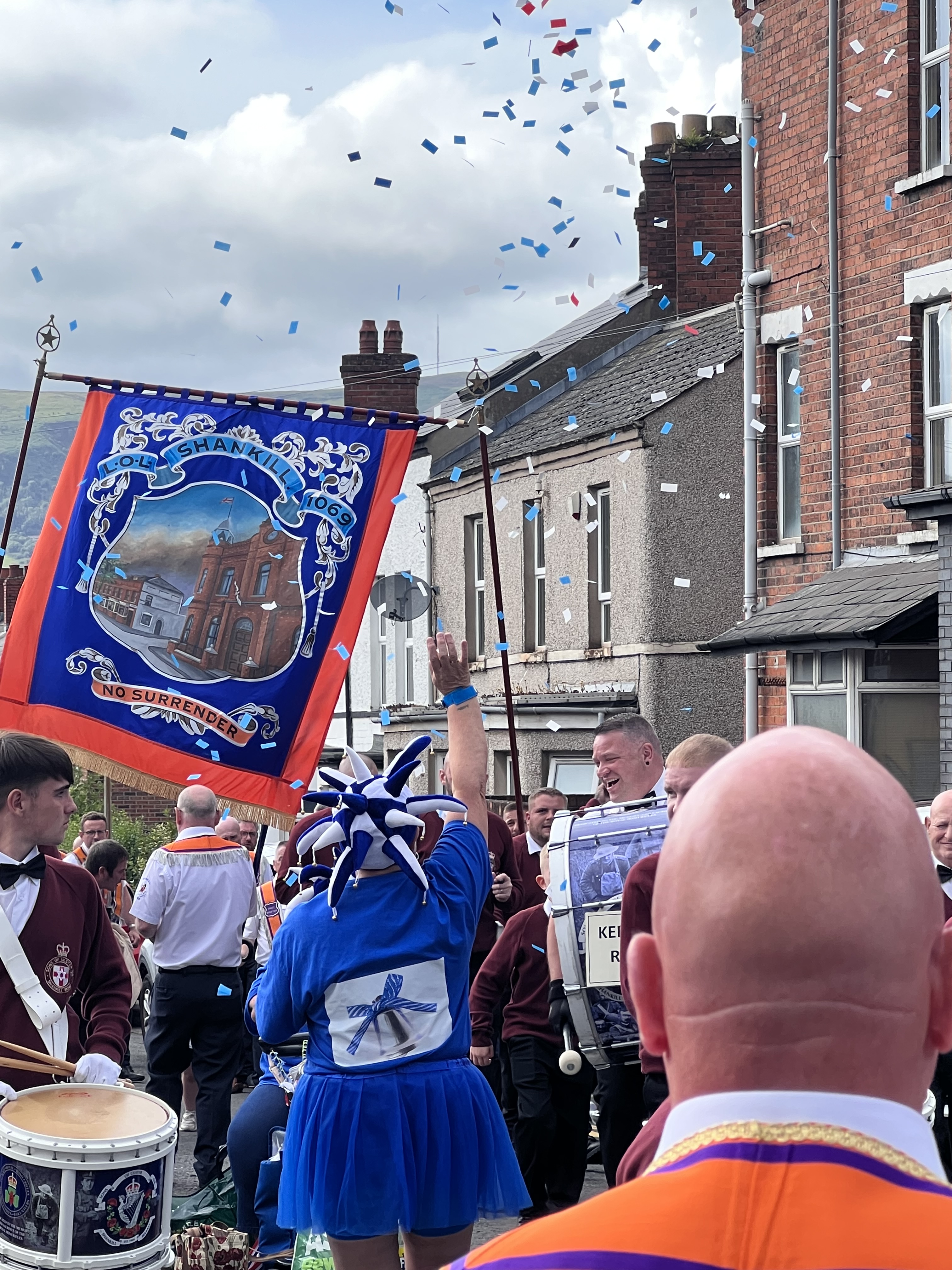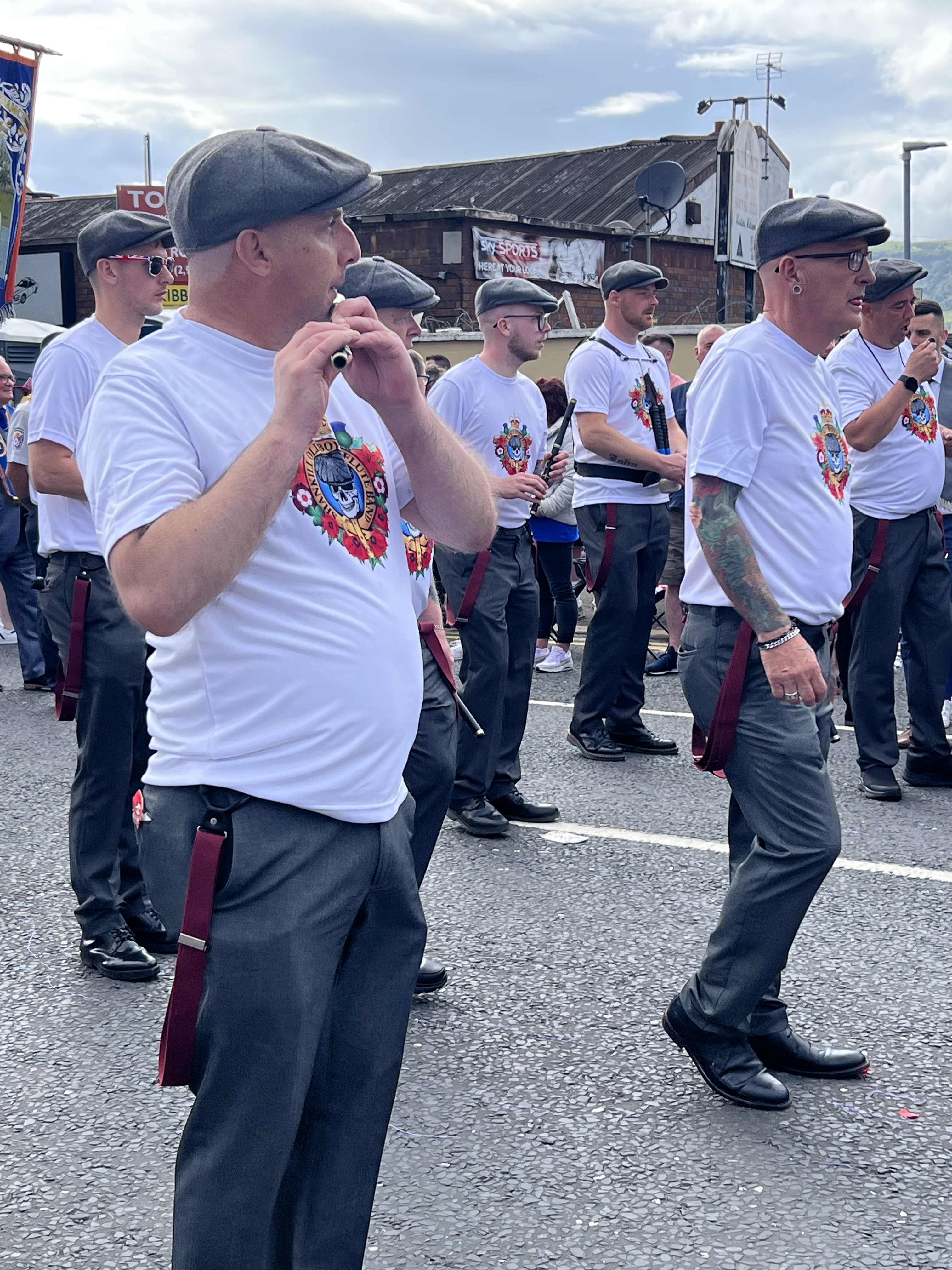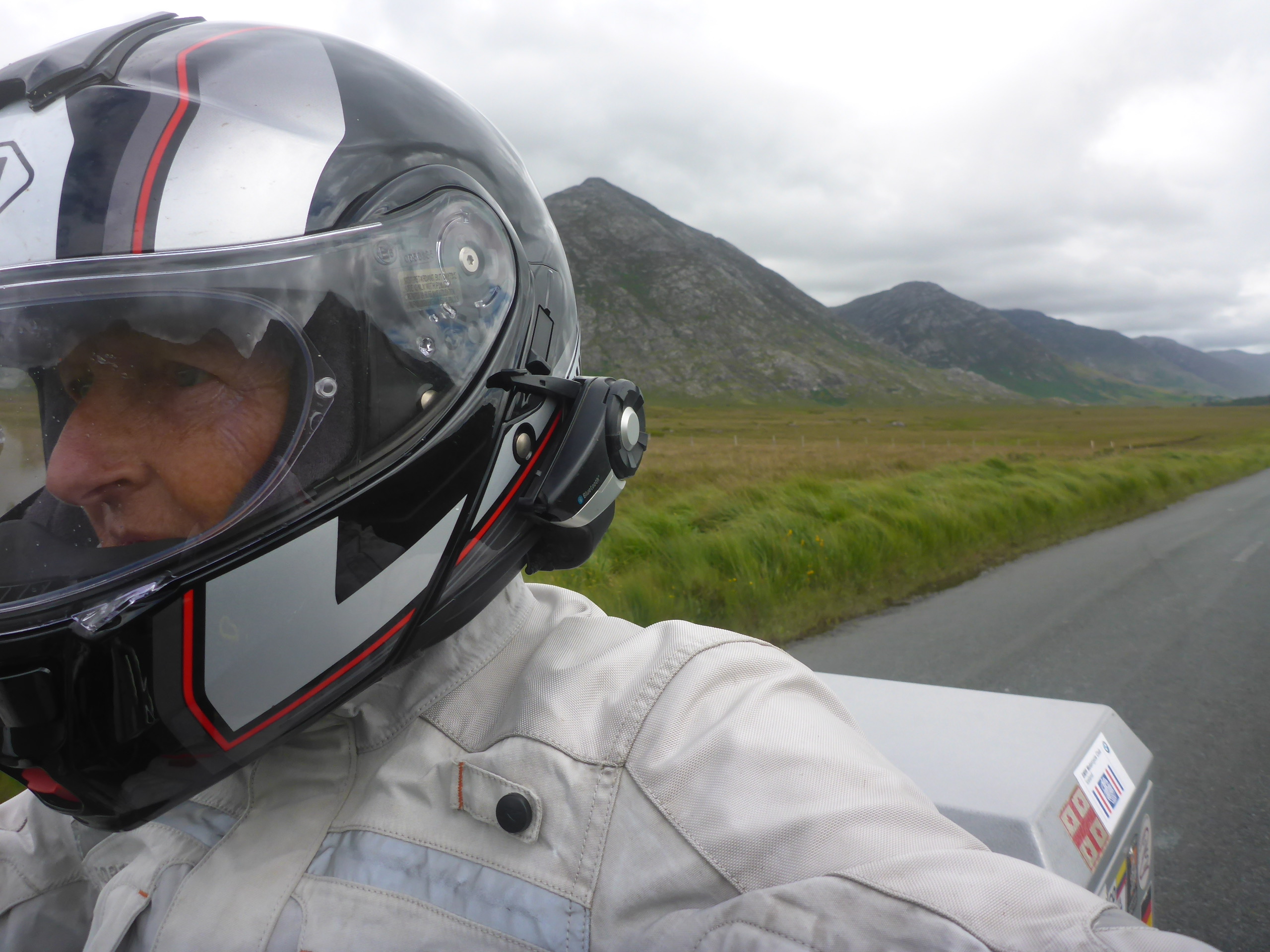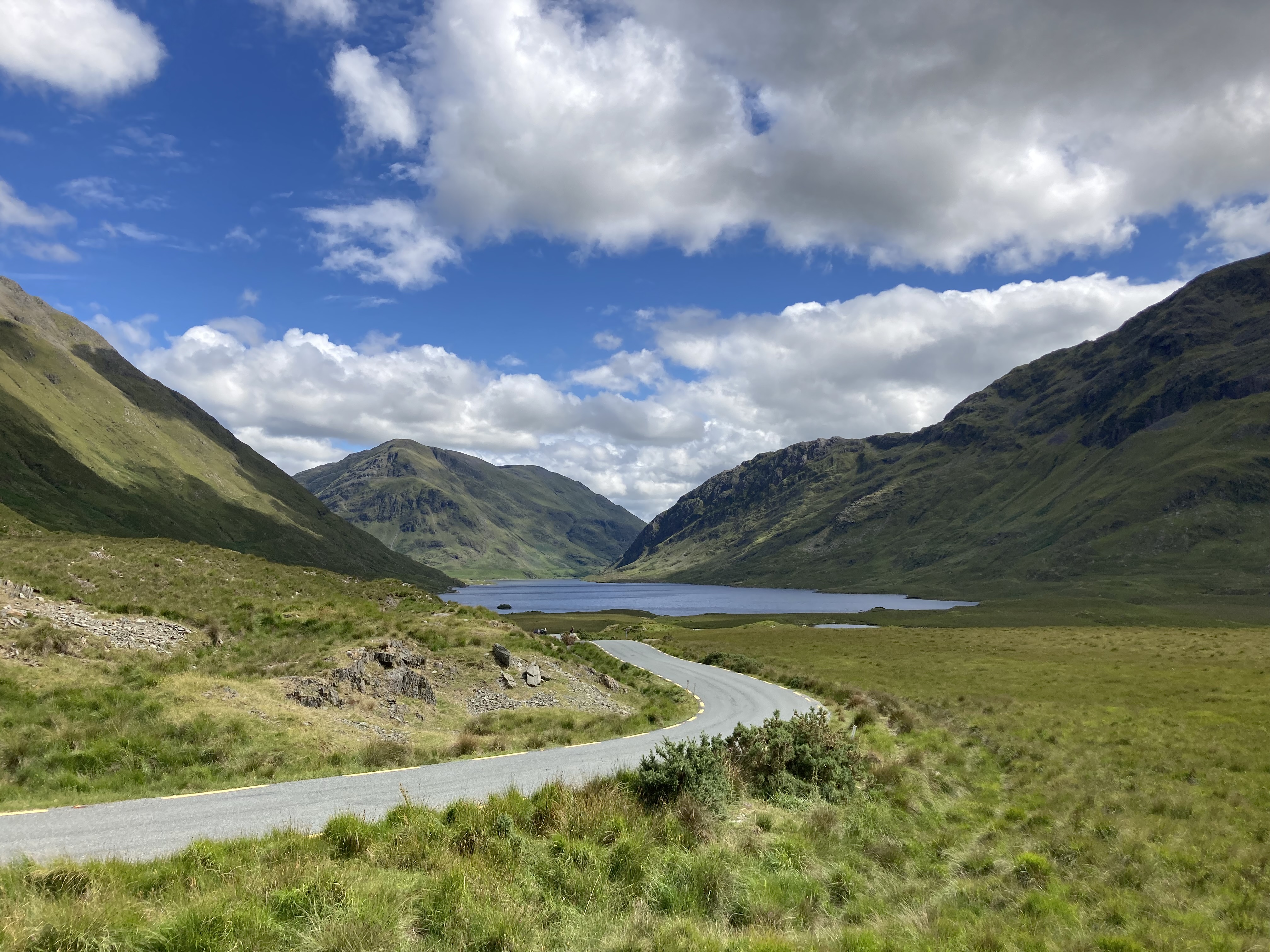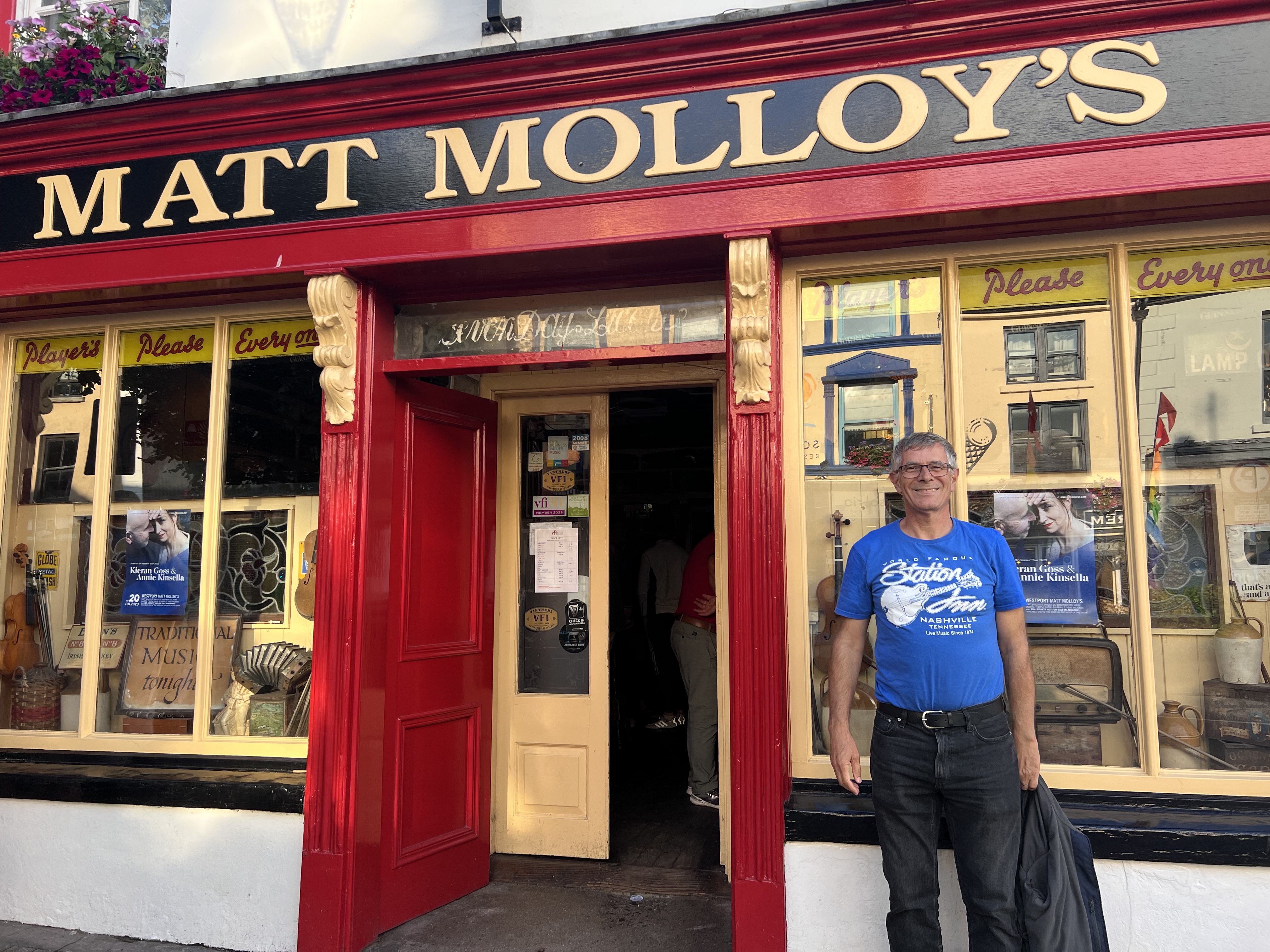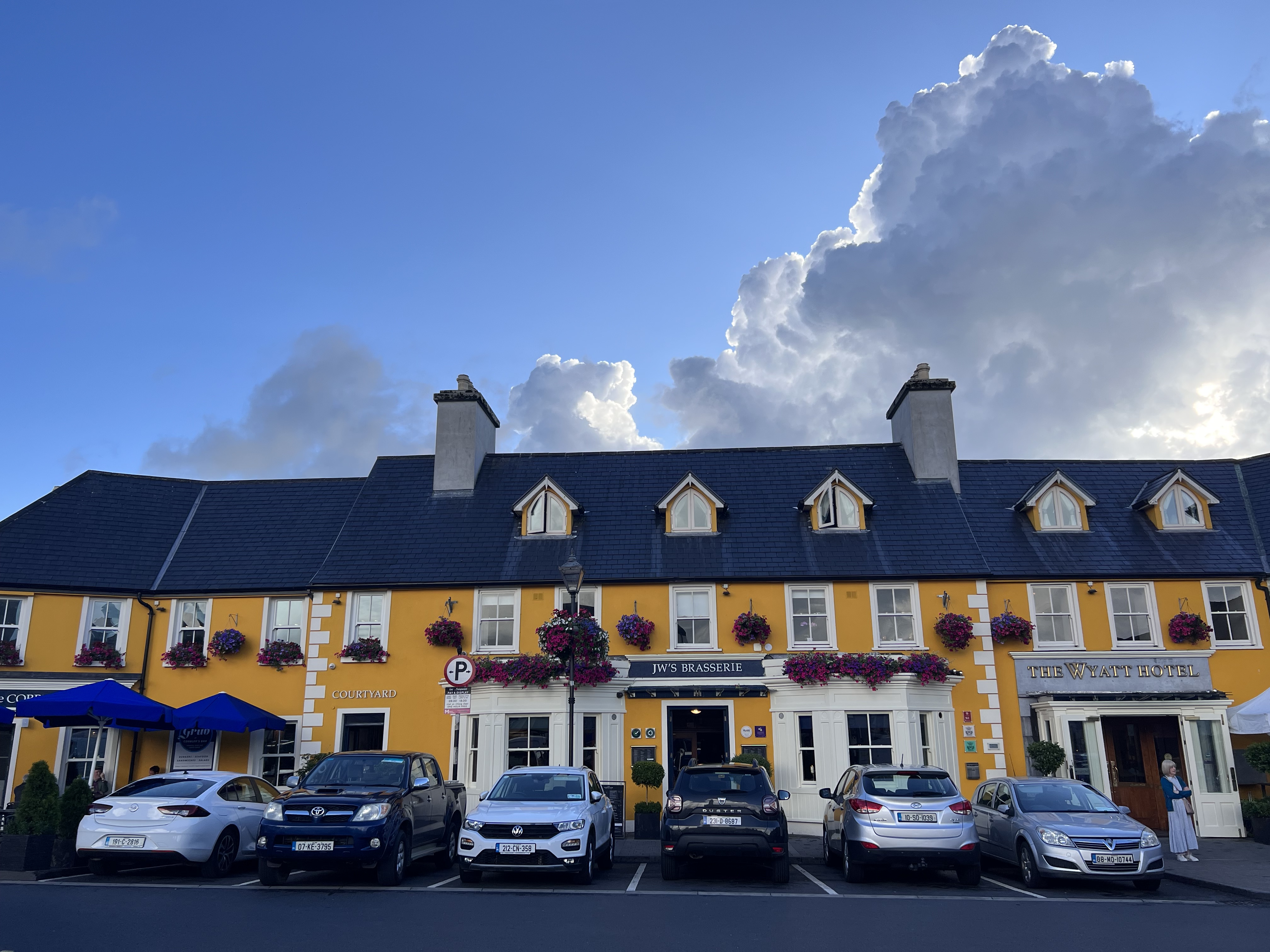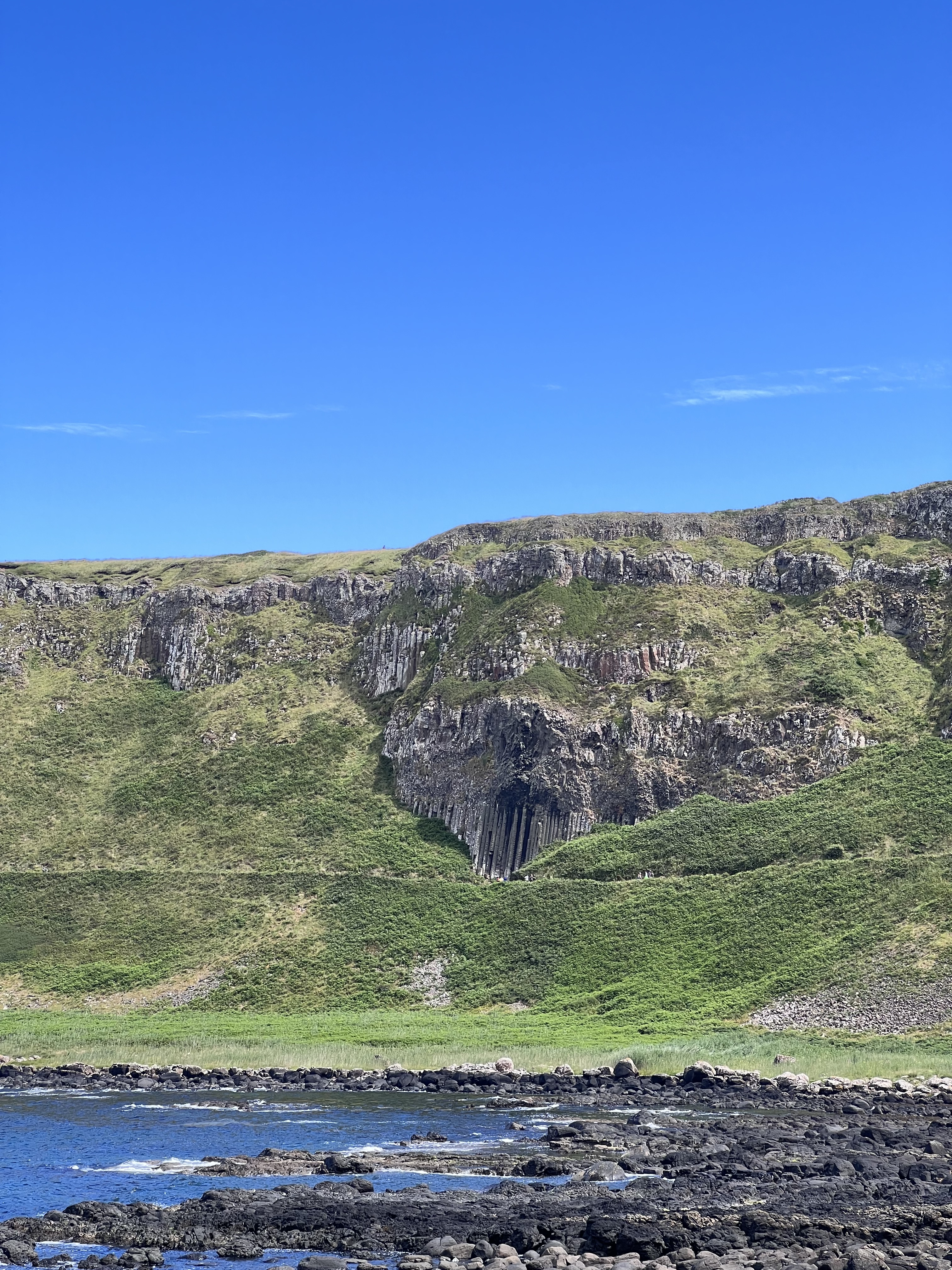Suddenly it seems the end is nigh. The realisation that this wonderful Celtic and family centric journey is coming to an end makes us want to make the most of those last few days. We have travelled through parts of Briezh (Brittany), Eire (Ireland) and Alba (Scotland) as planned but only have a few days travelling left before we return Streak and Storm to storage yet again. We have packed so much into the last five weeks but all good things come to an end. Still we can squeeze a little more out of this adventure for us and our followers.
By delaying a day to avoid bad weather, this has changed our travel plans considerably. We had thought to ride to Hadrians Wall via Harwick and then down the Eastern side of England but now, with commitments in the South of England unchanged, we need to head down the M6 with Blackburn our Wednesday night destination. Dodging a few rain clouds we head into the beautiful Yorkshire dales to see the Ribblehead Viaduct, a famous 24 span bridge on the Settle to Carlisle route. This rail route, which was slated for closure in the 1960’s, was only saved by the diligent efforts of locals and those who saw the tourism benefits that could occur by having a rail route through the Yorkshire Dales.
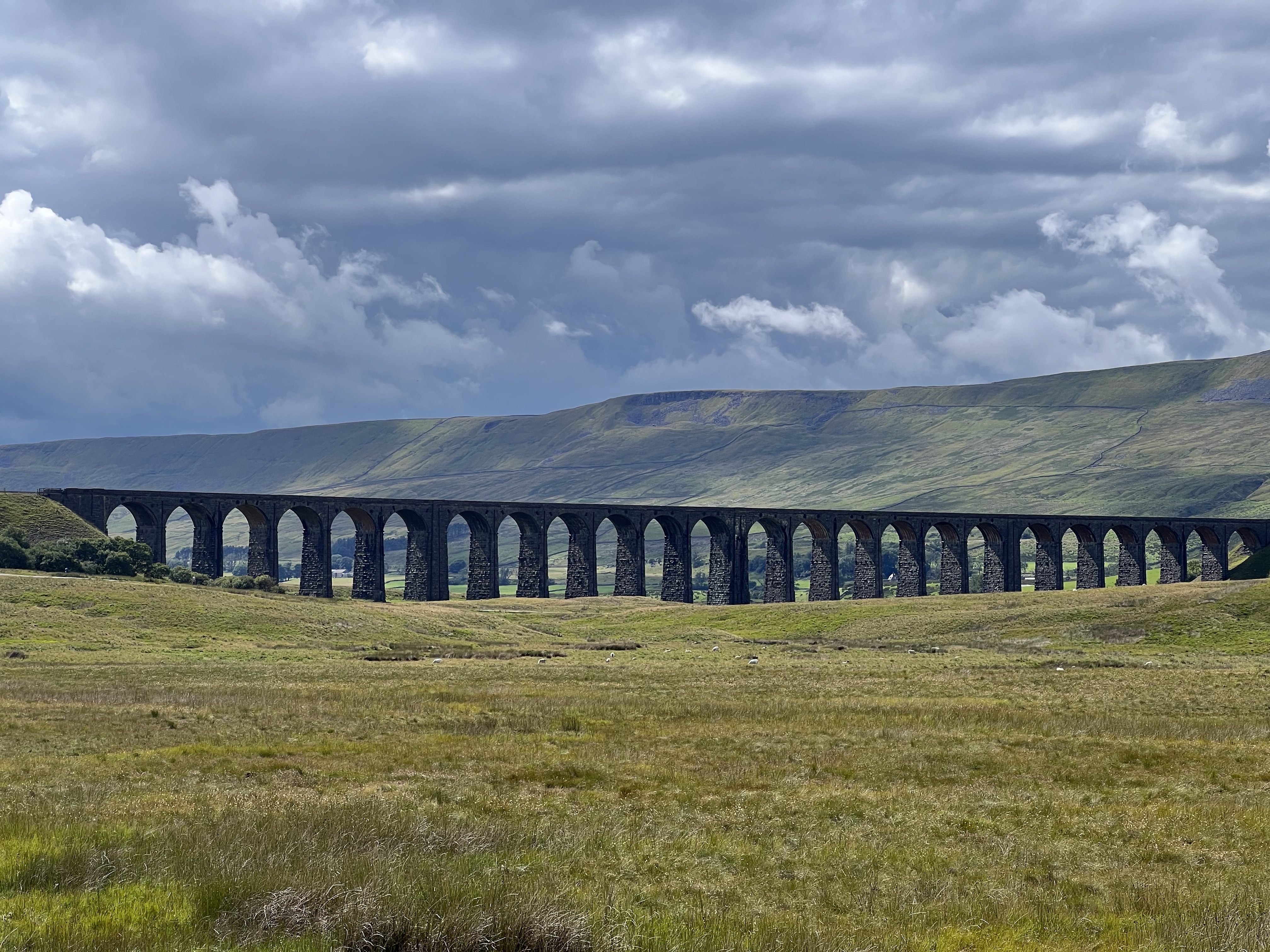

We had not ridden this part of the Yorkshire dales before but loved the open landscape and the beautiful weather. This is our kind of riding. We meander on backroads stopping briefly at Settle Station which is considered the start to the rail route.

We have chosen to stay near Blackburn in our favourite hotel chain Hilton. A well placed location will allow us to skirt Manchester to the East on Thursday. Our destination is undecided as we sit down to dinner. By dinner’s end we have mapped a route of the next day.
We have decided that we will head briefly into Cymru (Wales), the last of the major Celtic Nations. We only miss Kernow (Cornwall), which we visited last year, and the Mannin (Isle of Man), which will have to await for another adventure.
We decided to visit both the Pontcysyllte Aqueduct which Anne had identified as an interesting structure and the Llangollen Railway which interested me. They happen to be conveniently located close to each other on the River Dee. No backroads sadly but the motorways again given the time constraints.
Lunch is taken at the Hilton Park Services on the M6 north of Birmingham. As we walk back to Streak and Storm we notice two police cars blocking the road next to the motorbikes. Have our past sins caught up with us? Are they here to escort us through the traffic jam starting just south of our location? Neither, we suspect they were really interested in the battered car parked next to us which they had blocked in. One officer did come over and said he hoped to see us as we had not put a lock on either motorbike. It seems that motorway service stations in the UK are a popular places to steal motorcycles. Thank you, we have been warned. We have always been more concerned about theft in Europe than anywhere else on our travels.
We head for Llangollen first and are lucky enough to catch the last train of the day to Corwen leaving in 15 minutes. Not planned but off we go anyway paying the extra two pounds to sit in first class. The extension to Corwin has only been open for six weeks so we are seeing the results of all the volunteers’ hard work over the last few years. The line runs alongside the river Dee and offers beautiful views of the river countryside and the numerous sheep that dot the landscape. It was interesting to talk to various volunteers about the impact of COVID on such organisations.
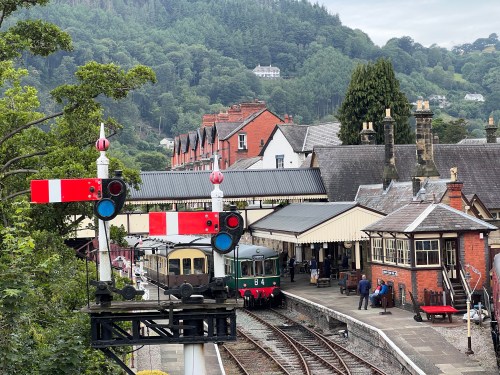

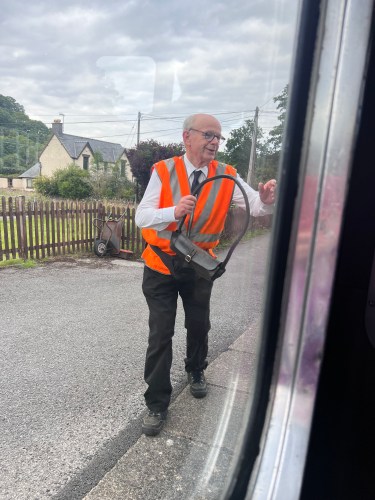

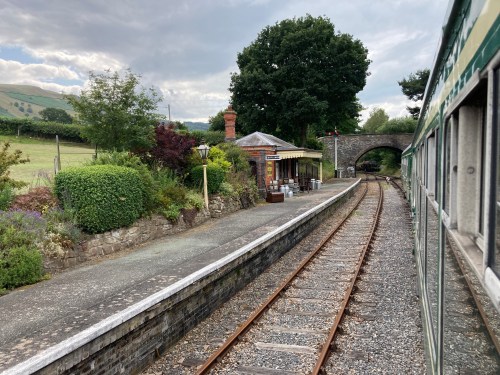
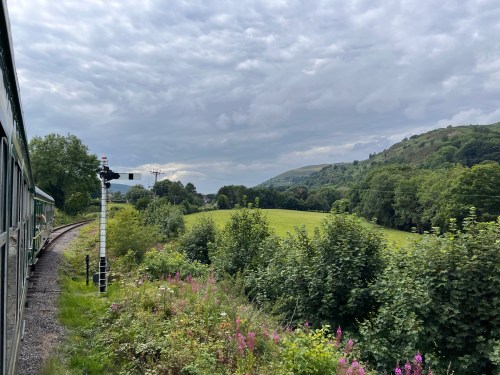
Our train trip means we have have only seen the Pontcysyllte Aqueduct from a nearby road. I understand the view from the canal is spectacular, with little of the modern safety features. I am more than happy to give this a miss.
Anne has always had an interest in pottery, both to view and to make, so when looking for an overnight stop how about Stoke on Trent, Stoke was one of the six pottery towns famous of their production exported around the world in the 19th Century. Anne visited The Potteries Museum and Art Gallery and together we visited the Gladstone Potteries Museum. Apart from the amazing shape of the bottle kilns, which were used for the firing, we discovered the fascinating names given to each of the dozens of different jobs within the pottery. These included “Biscuit Rubber”, “Bottom Slappers” and “Dottler” to name but a few. The museum is well laid on in the old factory and some live demonstrations of making typical regional pottery are undertaken.


Even as late as the 1950’s around 2000 bottle kilns existed in the six pottery towns, today only a handful survive, none of them are used for making pottery in part due to the use of coal for firing.
Our last few days on Streak and Storm are spent catching up with family. Anne’s two nephews and my sister. We also drop into the Sammy Miller Motorcycle Museum for a couple of hours seeing and talking about motorcycles. Quite a collection and worth a visit if that interests you.

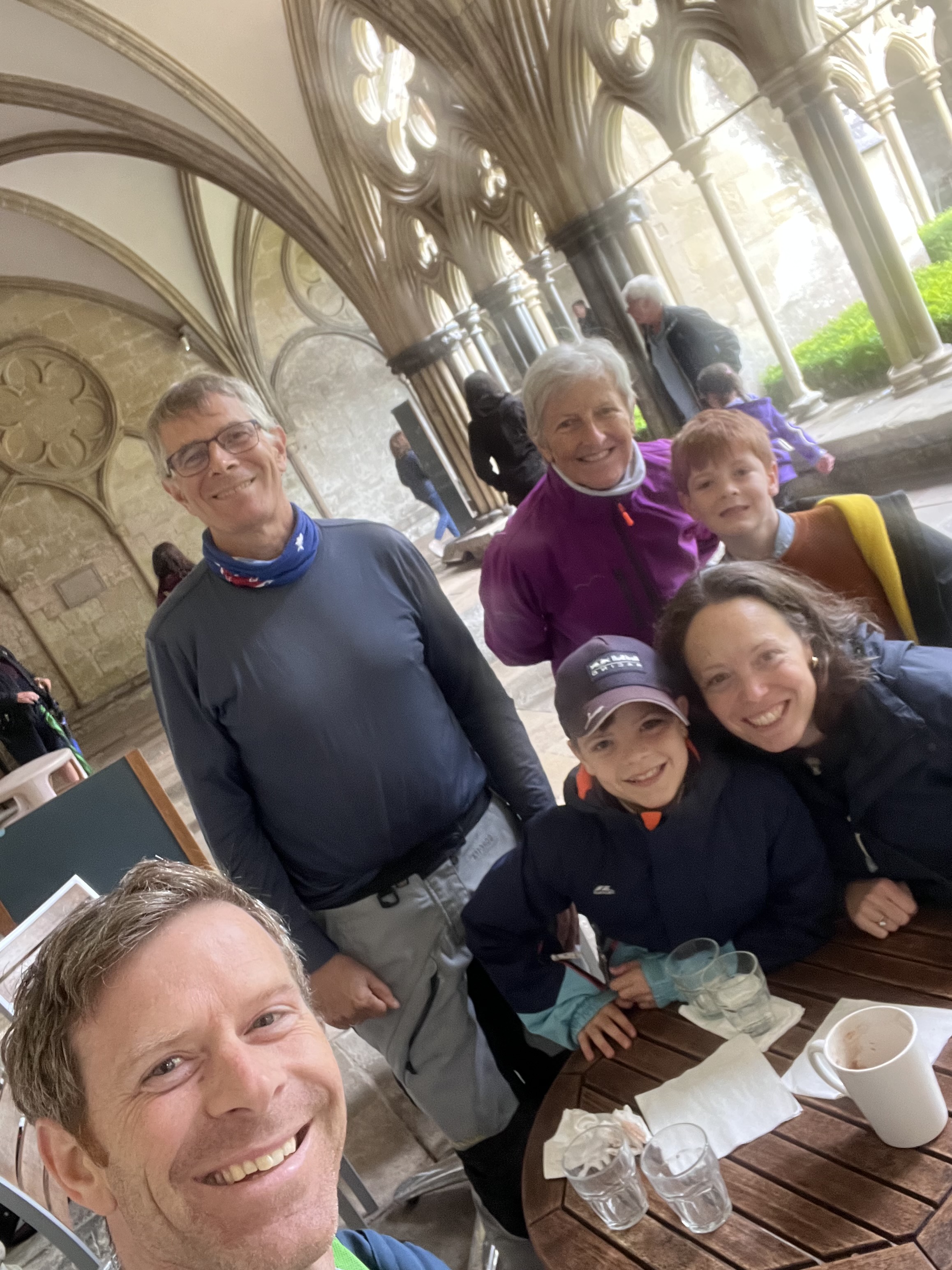
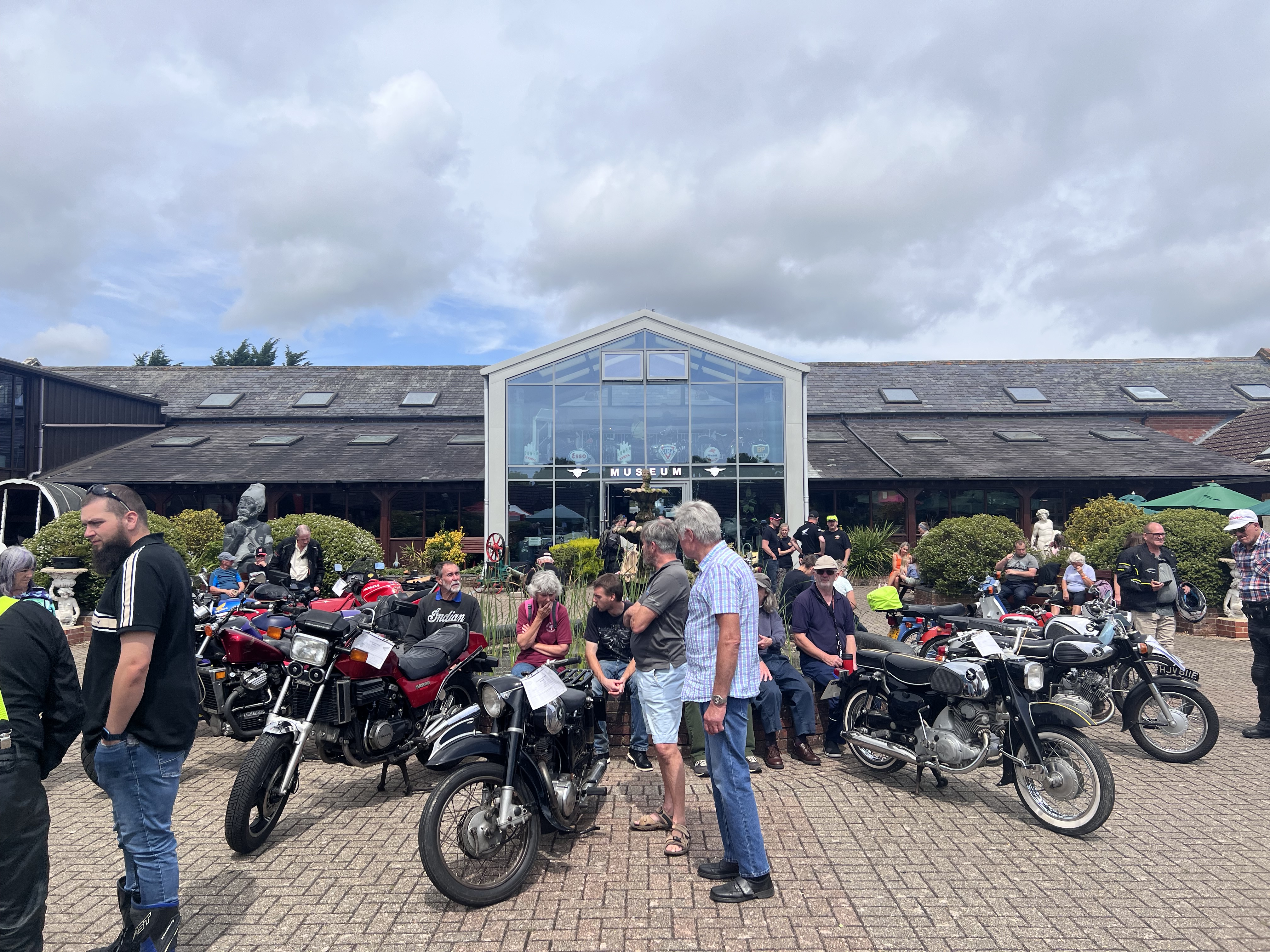

Finally back to Storage for Streak and Storm. We swap the saddle for suitcases, which I always find easier and takes less time than the other way round.
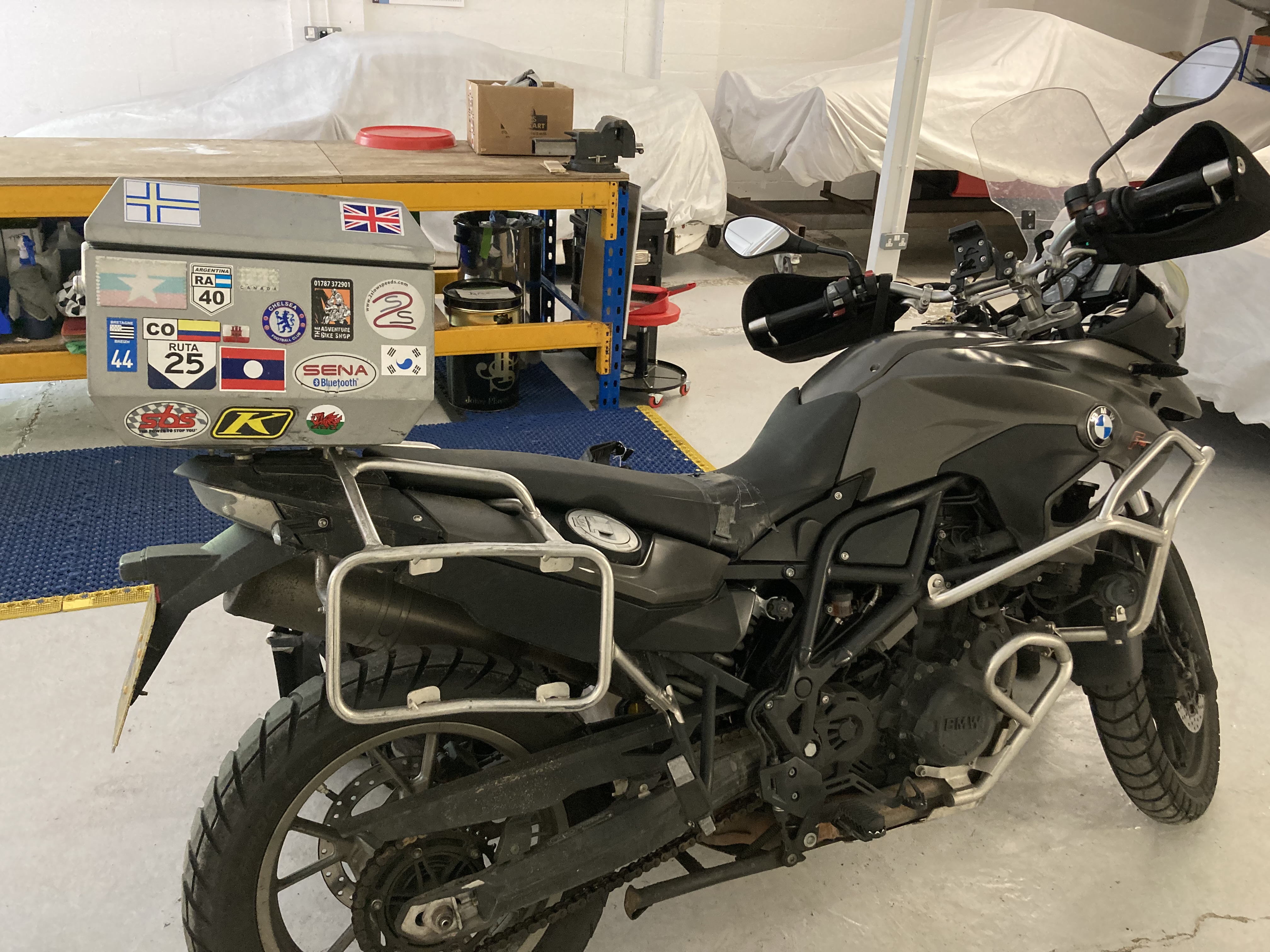
Trip Info: We have travelled some 3,107miles / 5000.232 kilometres over a period of six weeks. I thought we might do around 5,000 km but not that close! We caught three ferries, two overnight and visited four Celtic regions, namely Briezh (Brittany), Eire (Ireland), Alba (Scotland) and Cymru (Wales). We have caught up with family and friends, made many new memories and refreshed a few old ones. We have learned that our equipment, which has given sterling service since purchased new in 2014, has a life expectancy of around 8 years and that the equipment plus Streak and Storm need a major overall before we undertake another trip, especially if we are to encounter wet weather.
Till next trip Streak and Storm.
– Anthony



